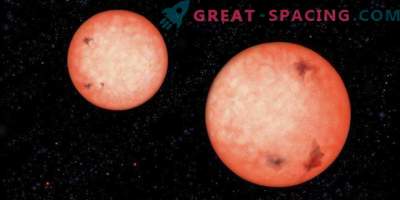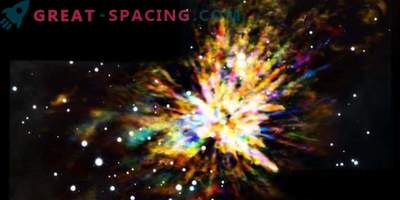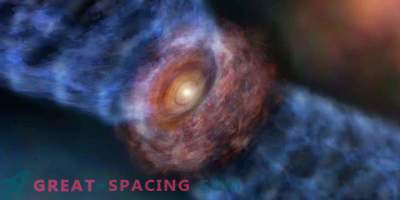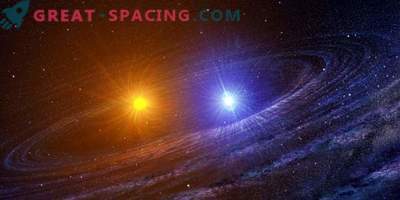
An international team of scientists disputes ideas about star formation. The main focus is against the opinion that the mass distribution of the population of star-forming nuclei is identical to the distribution of the stars that generate them.
In space, gas clouds condense and collapse, forming structures in which stars appear - star-forming nuclei. These clusters accumulate matter, which leads to the emergence of a group of young stars of various masses, whose distribution Edwin Solpeiter described as an astrophysical law in 1955.
Scientists noticed that the ratio of massive to non-massive objects was the same in clusters in both star-forming nuclei and clusters of newly formed stars. This suggested that the mass distribution of IMF1 born stars was simply the result of the distribution of the nuclei from which they came (CMF2). But this conclusion is based on the study of molecular clouds close to our system. They are not very dense, so they are not very common in the galaxy. Does the connection between the CMF and the IMF universal? And what do we see when observing more dense and distant clouds?

The W43-MM1 stellar birth core in the review of the world's largest millimeter interferometer ALMA. A large number of star formations (nuclei, denoted by ellipses) hint at the intense activity of stellar birth
They decided to answer these questions when studying the W43-MM1 stellar core formation, the structure of which is more characteristic of the Milky Way molecular clouds. The incredible sensitivity of ALMA (Chile) helped to establish a statistically stable distribution of nuclei over a range of masses: from stars of the solar type to objects 100 times more massive. Surprisingly, the spread did not obey the 1955 law.
It turned out that there was an overabundance of massive nuclei in the cloud of W43-MM1, and less massive ones were counted. These findings not only cast doubt on the relationship between the CMF and the IMF, but also the very universality of the nature of the IMF. It turns out that the mass distribution of young stars may not be the same as they used to assume. Scientists will continue to work on the study. Their goal is to explore 15 sites, like W43-MM1, to compare with CMF and see if you can summarize the characteristics of the cloud.











































